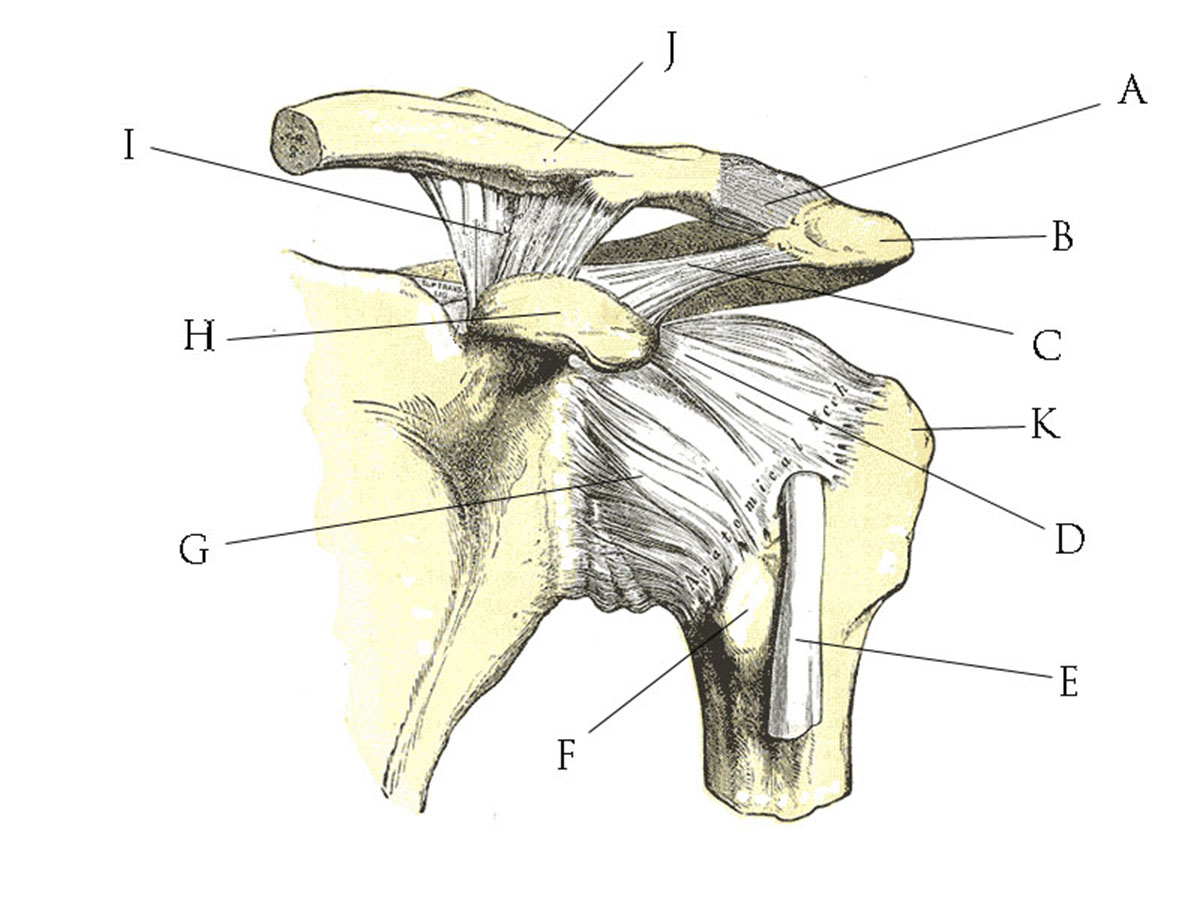
A shoulder dislocation and subluxation are two relatively common injuries affecting the shoulder joint. They are most commonly reported among athletes although it is possible to experience such injuries even if one is not engaged in any kind of sport activity. In the majority of cases (around 98% patients) traumatic dislocation occurs in the anterior direction. The problem regarding both subluxations and dislocations is that once the injury occurs it tends to repeat, i.e. the shoulder becomes weak and prone to 'popping out'. The treatment is basically conservative and rehabilitation represents an integral part of complete recovery.
Functional Anatomy and Biomechanics
It is not hard to recognize a shoulder dislocation. The condition is characterized by wrenching of the shoulder joint upward or backward. The head of the humerus (the upper arm bone) leaves its original place and moves out of the joint. Many times shoulder dislocation affects the lower front of the shoulder. This is explained by specific anatomical relation among various structures the shoulder joint comprise. The joint is made of bony parts (the socket of the shoulder blade and the head of the humerus), cartilage, ligaments that form the joint capsule and finally, the rotator cuff, a set of muscles that covers and stabilizes the joint. All the structures reinforce the joint from above, in front and on back leaving the lower front not that protected. This makes the area most susceptible to dislocations and subluxations.
In case of a shoulder dislocation the head of the humerus completely separates from the socket of the shoulder blade. This injury can be further classified into anterior, posterior and inferior dislocation. As it has already been mentioned anterior dislocation is the most frequent one and may easily precipitate damage to the axilary artery making matters worse. Posterior shoulder dislocation may occur due to electrocution or seizures. Many times the dislocation of this type remains undiagnosed especially if it affects elderly people as well as those that have experienced unconscious trauma. It can happen that the condition is diagnosed even a year after the injury took place. And finally, there is inferior shoulder dislocation. It accounts for 1% of all shoulder dislocations. This type is easily recognized because the arm is in such a position that it appears to be permanently held upward or behind the head. Another name for this type of dislocation is luxatio erecta. Inferior dislocation is rather severe one because it is associated with damage to nearby tissues, blood vessels and nerves.
When we discuss subluxations we generally speak of a partial dislocation. The injury of this kind is characterized by lost of contact of the two joint surfaces. So, joint surfaces that are normally connected may lose their contact to certain degree. This ways they remain connected but only partially. Once the contact is completely lost the person is told to have developed dislocation (a 100% subluxation). A subluxation is also known as joint instability, it is never as severe as it is a dislocation.
Shoulder Dislocation and Subluxation Treatment Options
It is essential to know how to recognize subluxation or dislocation and seek medical assistance timely. Left neglected many injuries of this type may cause complex complications and serious damage to nearby soft tissues, nerves and blood vessels. The symptoms that most commonly drive patients to see their health care providers are the feeling that the upper arm bone "has left" the shoulder joint, pain, numbness in the shoulder area and weakness or the arm. Ihe pain is sometimes excruciating, occurs spontaneously or only when the area is touched. Also, patients avoid moving the affected arm since this precipitates even greater pain.
After being examined and after doctors take complete medical history of the patients, many individuals undergo additional tests and exams. For instance, doctors may check the pulse at the wrist, touch sensation and hand movement. Any abnormalities found during these exams point to the presence of complications. The condition is confirmed with the assistance of shoulder X-ray. X-ray of the arm and shoulder joint also excludes bone fractures.
Treatment begins with self-care at home. Patients are supposed to wear a sling and this way keep the joint immobilized. Pain killers alleviate the associated pain. Now, after the condition is confirmed with X-ray patients receive medications that will relax them and allow performance of joint relocation. Namely, the bone that has left the joint must return to its original place. The goal is to achieve healthy alignment of the dislocated joint. The relocation generally takes place in the emergency department while only a few patients actually require general anesthesia and the procedure is performed in an operating room. There are several techniques for relocating a dislocated shoulder available. Subluxation is a milder form of the injury and requires no relocation The condition improves with general measures including pain relieving medications, immobility and rest.
Finally, after shoulder relocation and immobilization that lasts approximately several weeks all patients engage in the process of rehabilitation. Rehabilitation exercises are prescribed by a well experienced physical therapist who initially supervises patients. At certain point they continue exercising at home. The exercises are in the beginning gentle and weight training is included later when muscles of the area become stronger. Braces are recommended if one has chronic problem with shoulder dislocation. And finally, if all else fails patients undergo surgical tightening of the damaged/stretched ligaments or surgical repair of the torn ligaments of the shoulder joint.




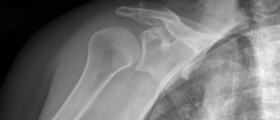
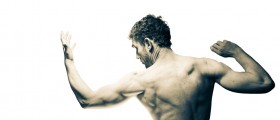





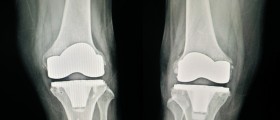

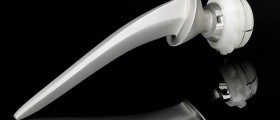



Your thoughts on this
Loading...